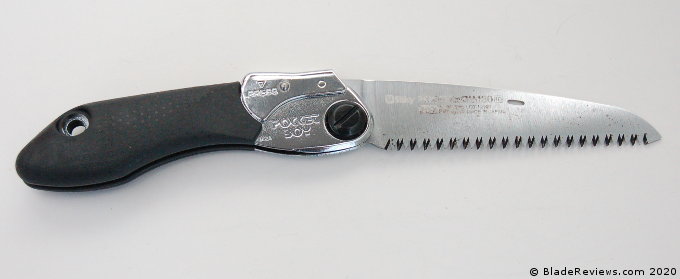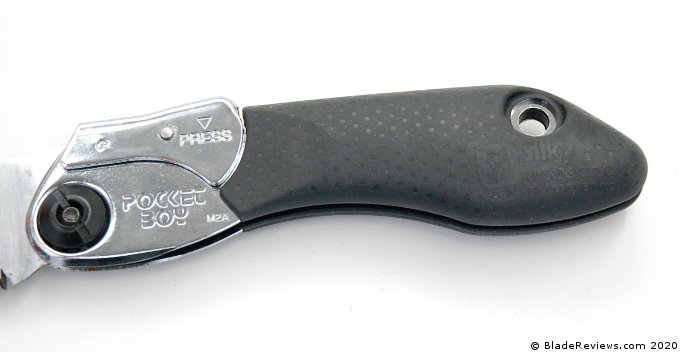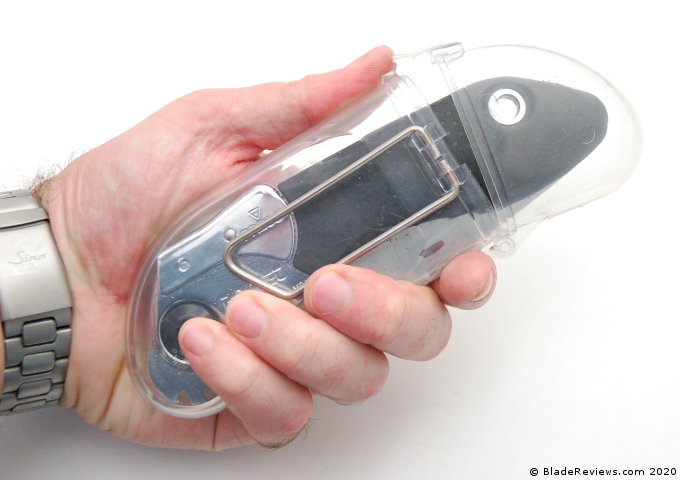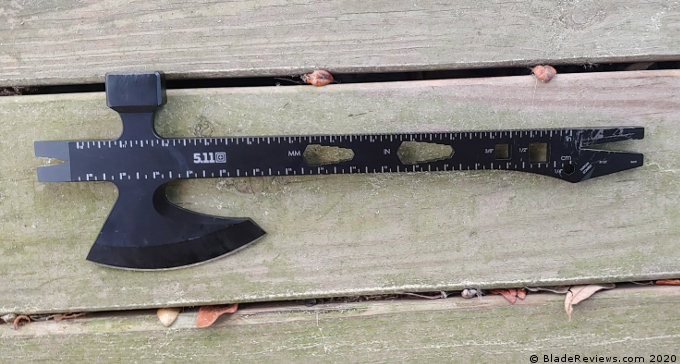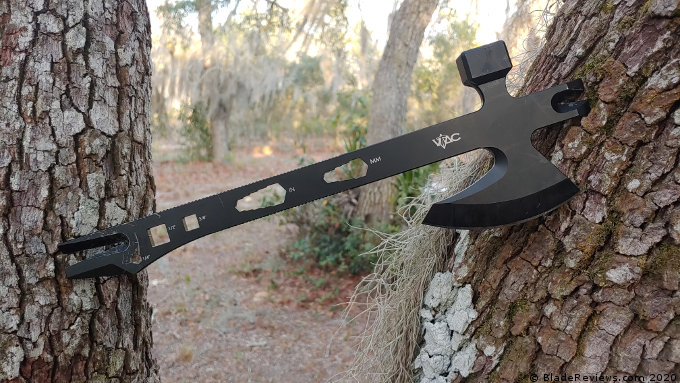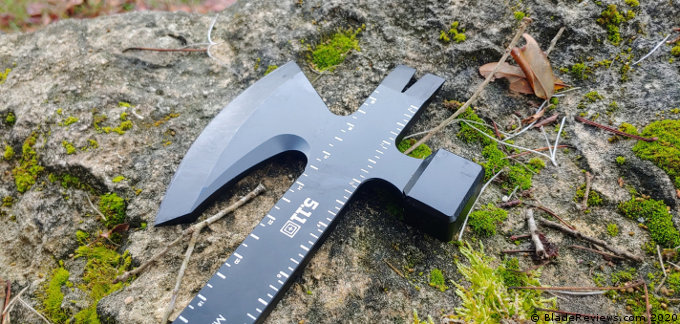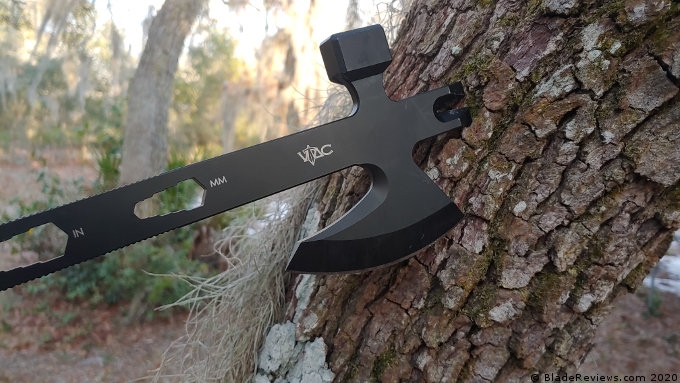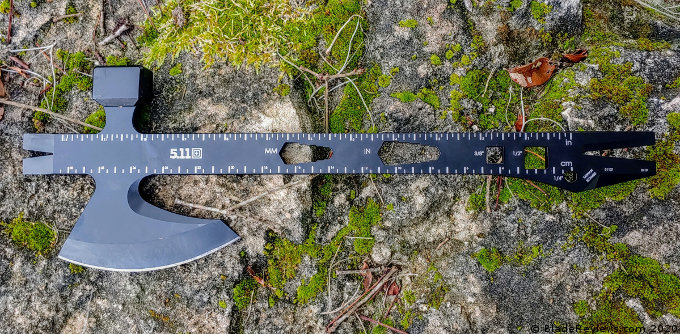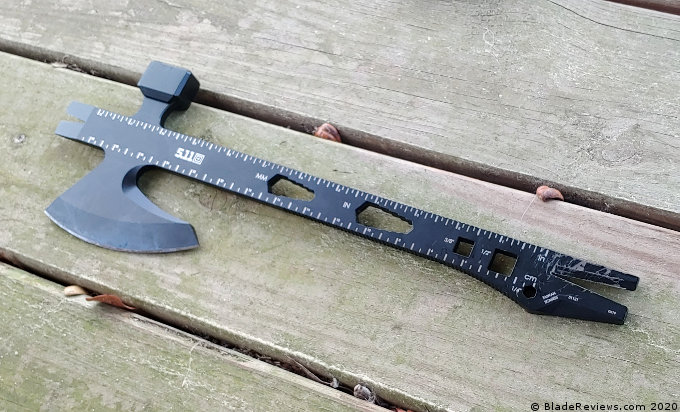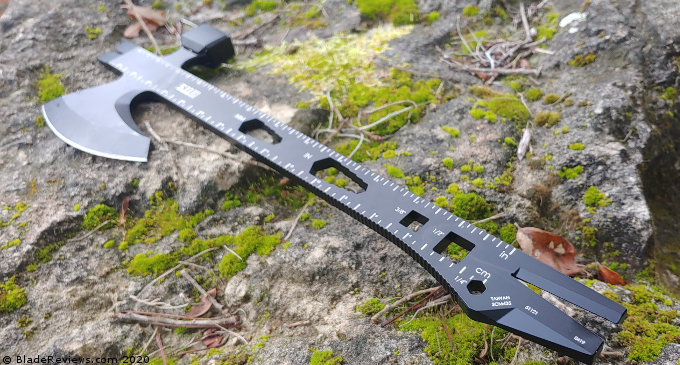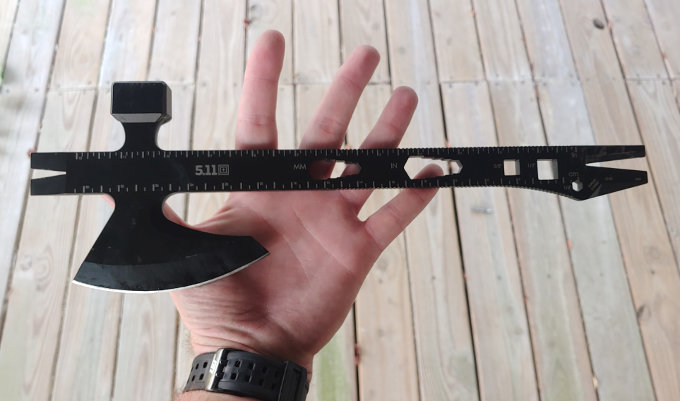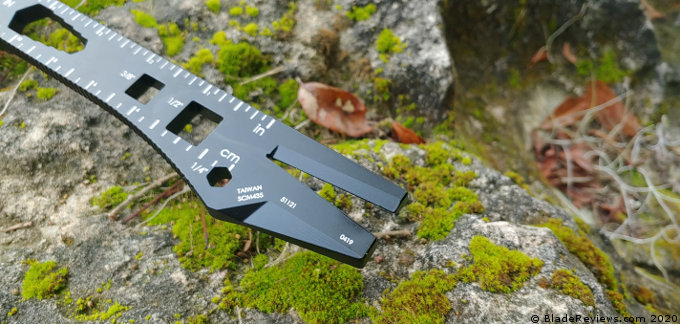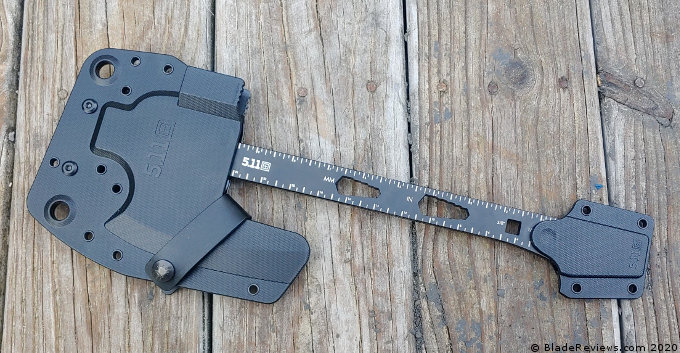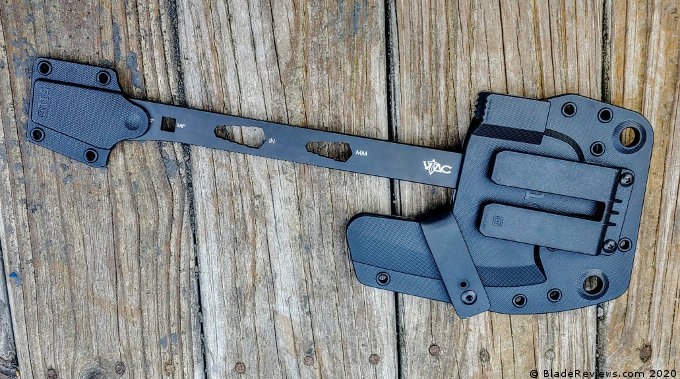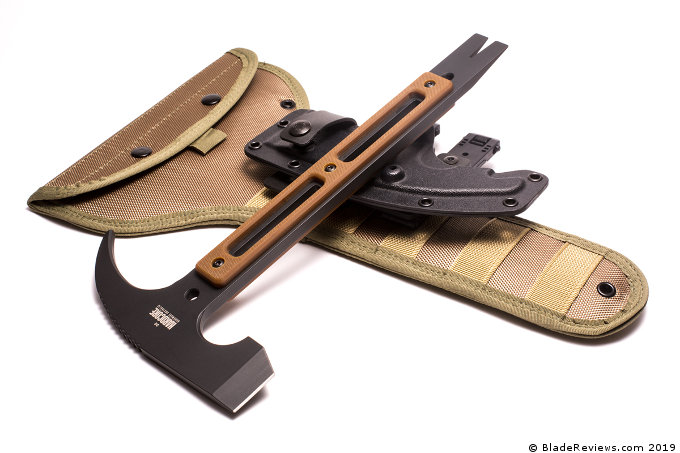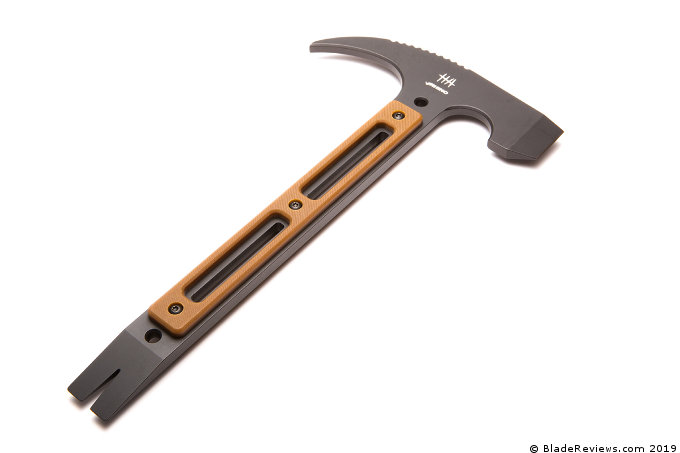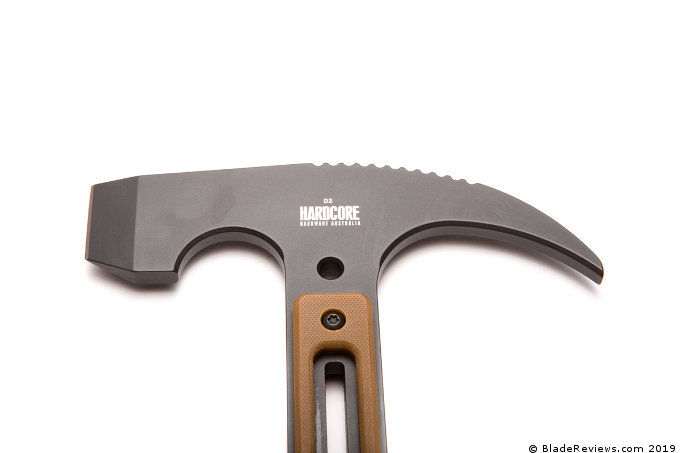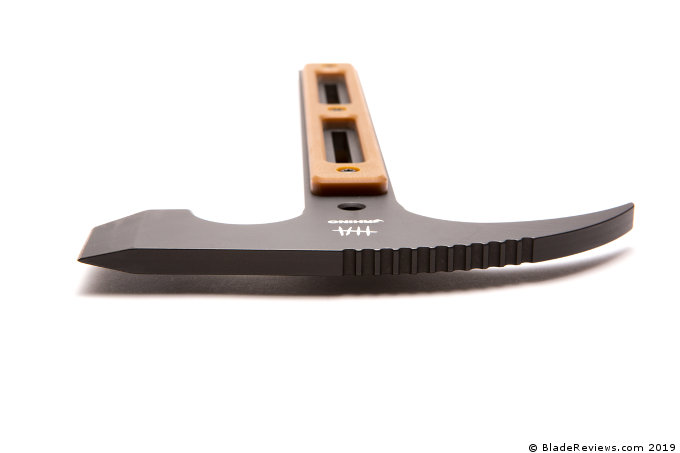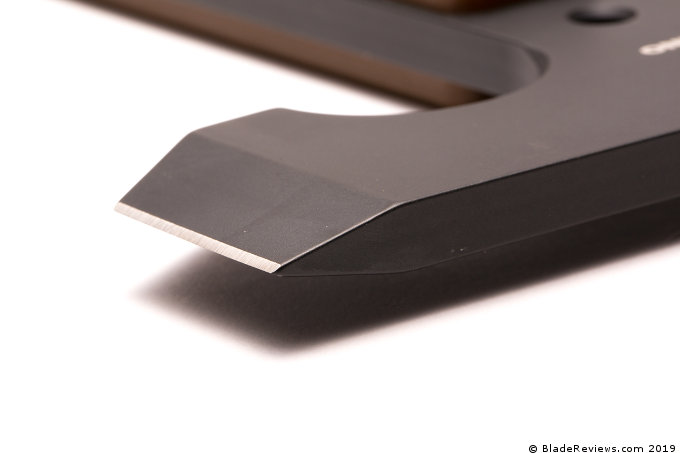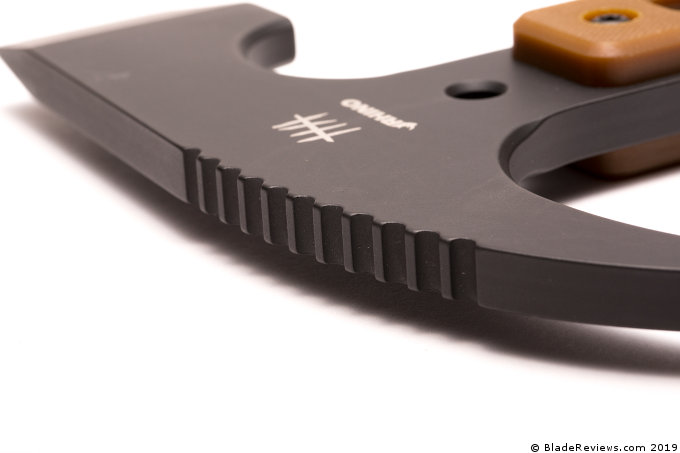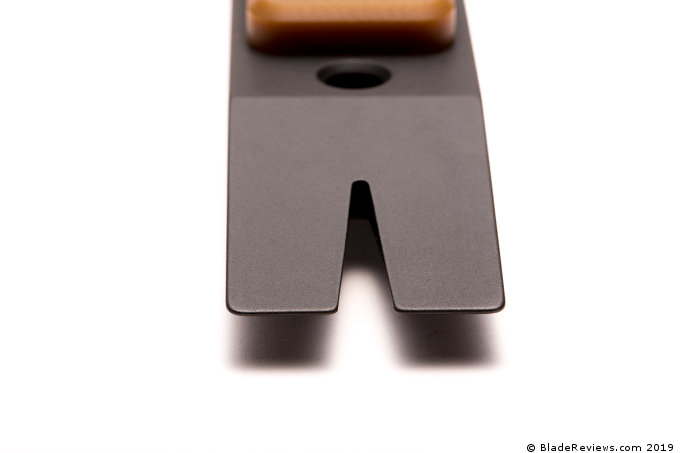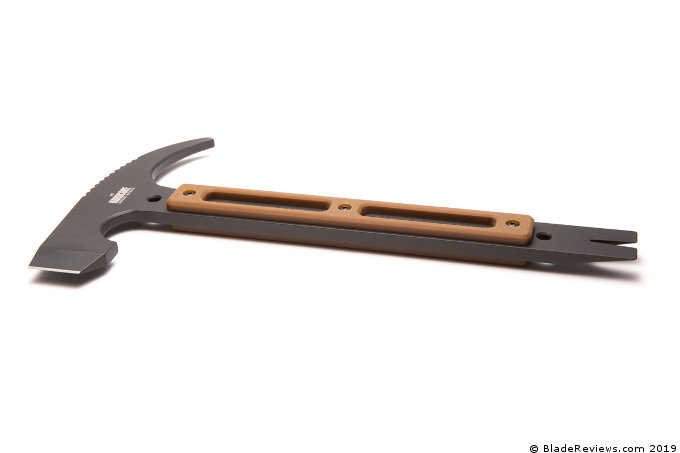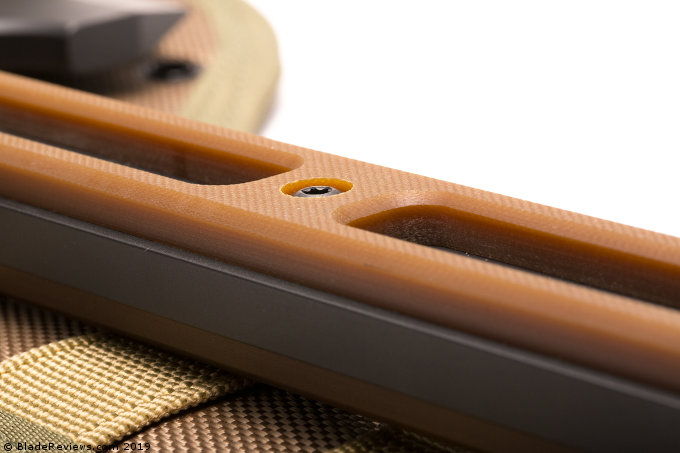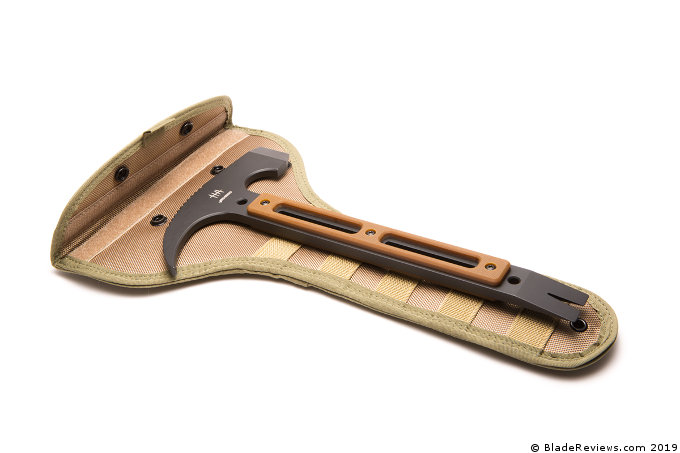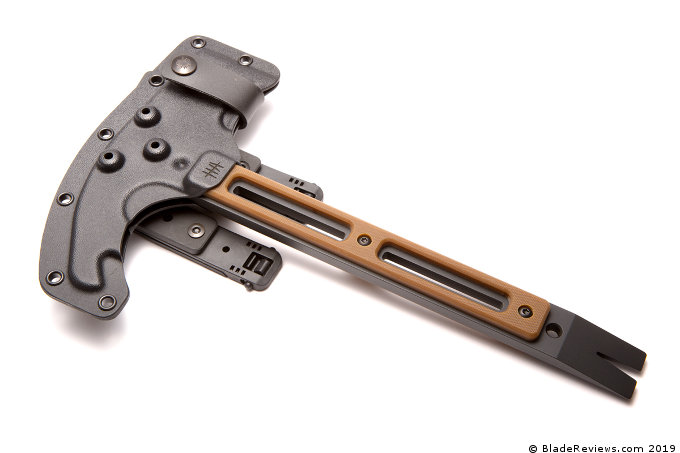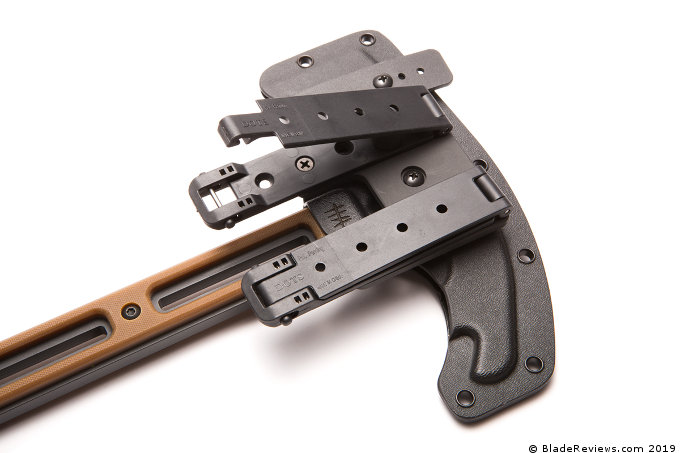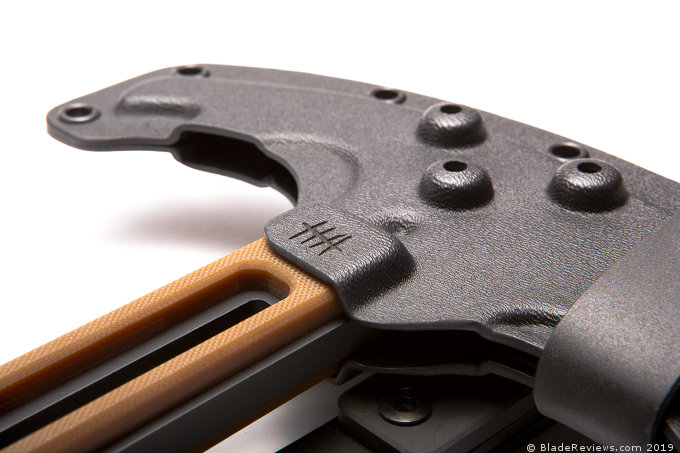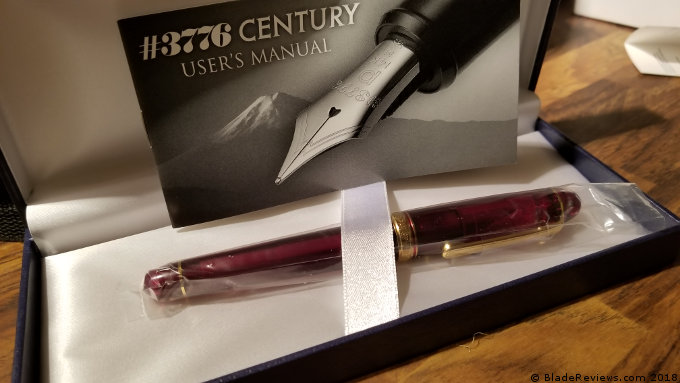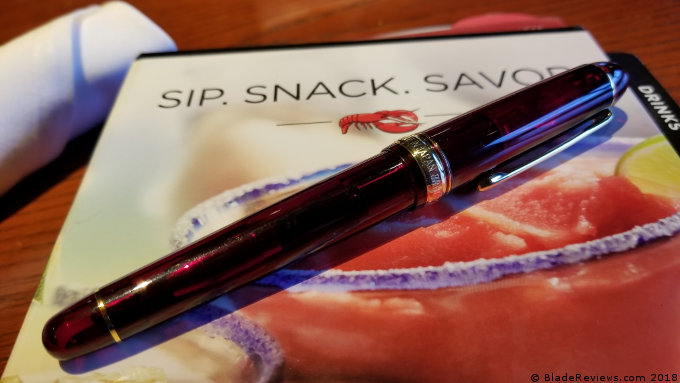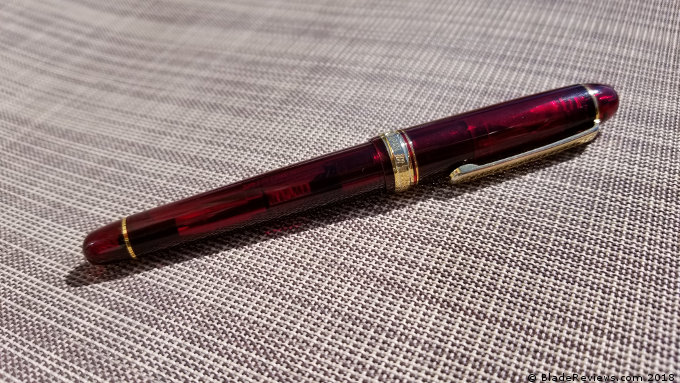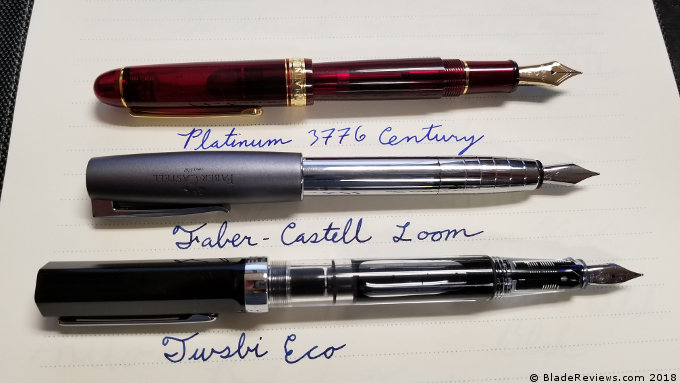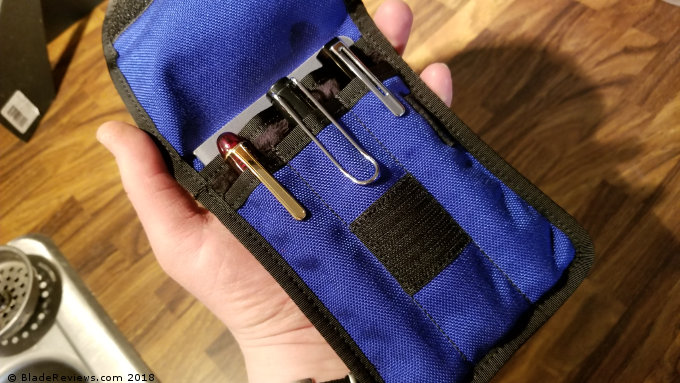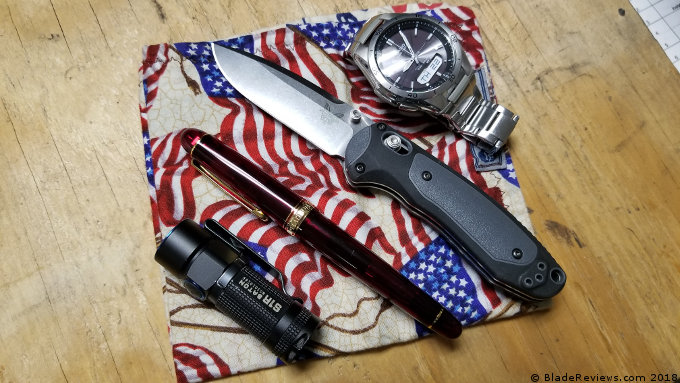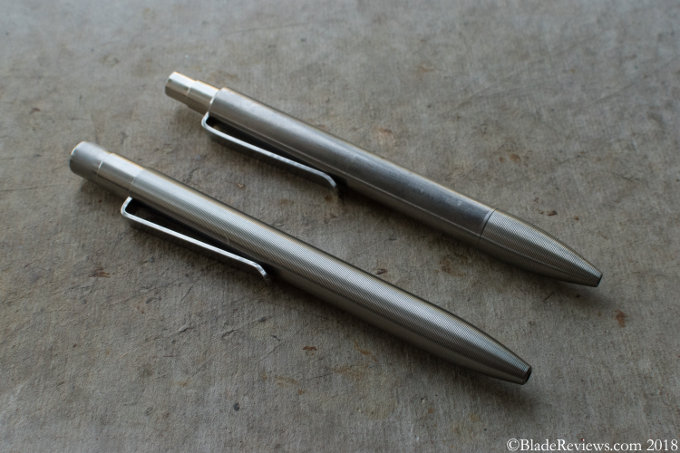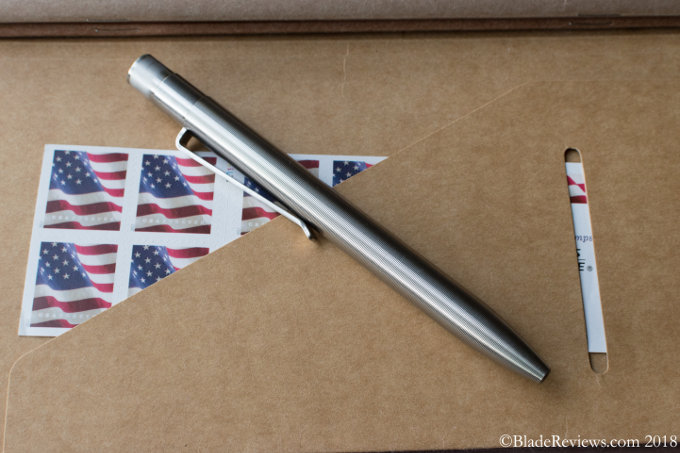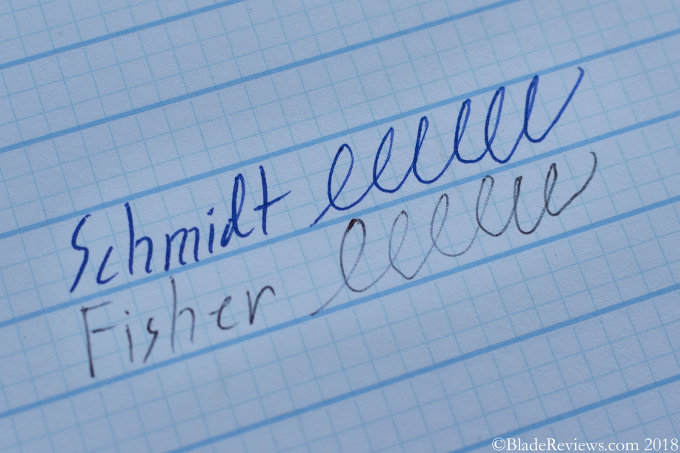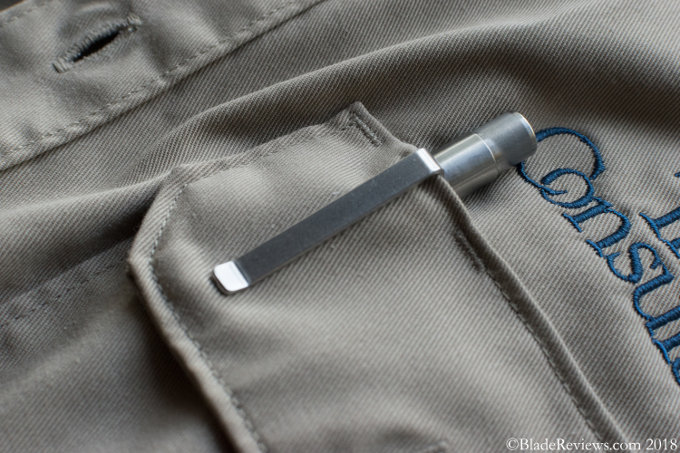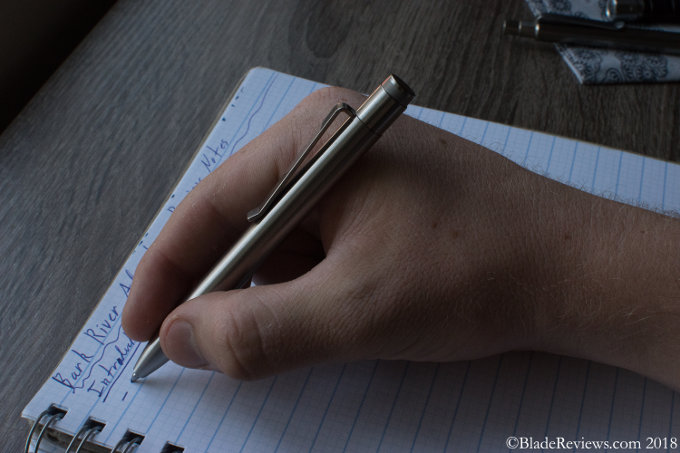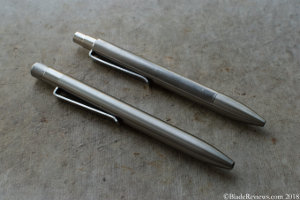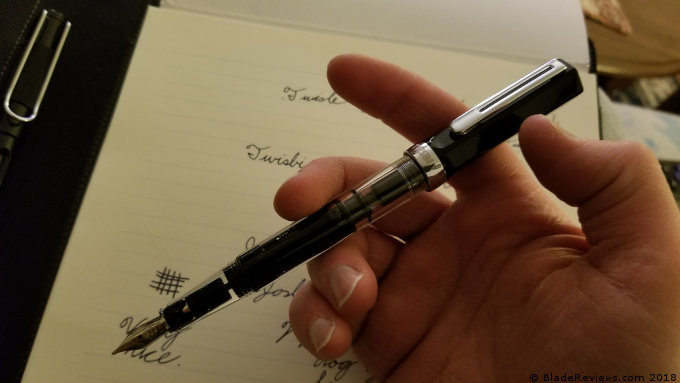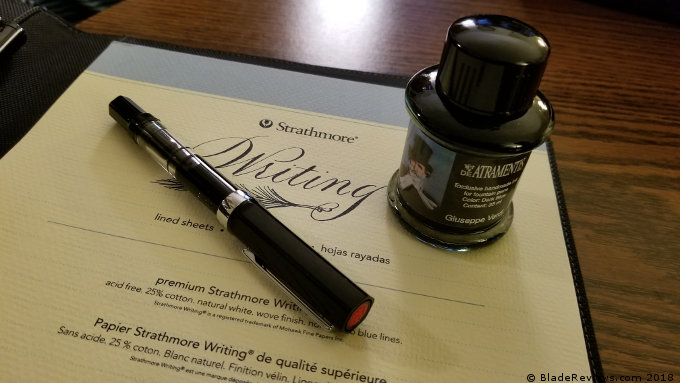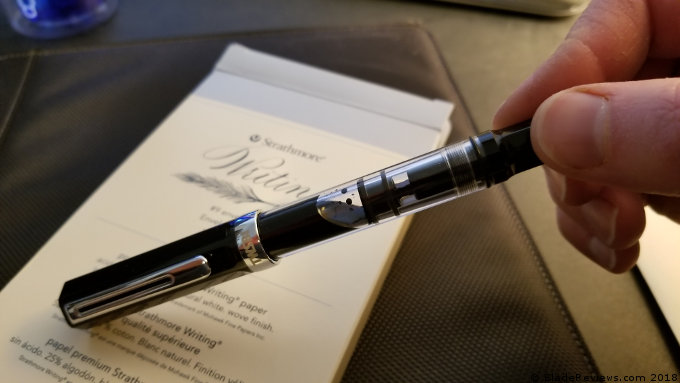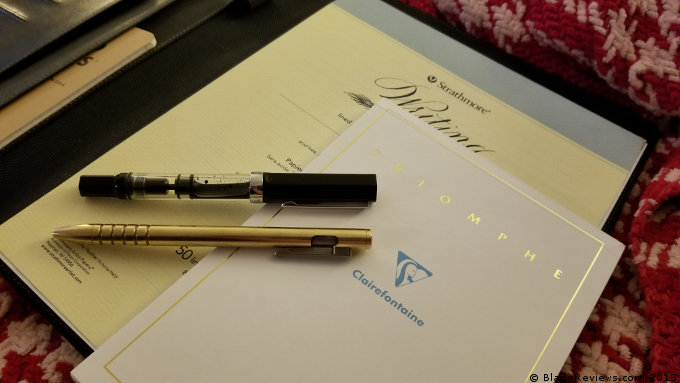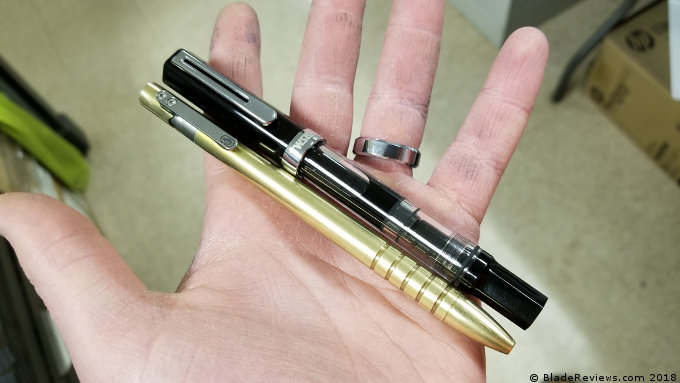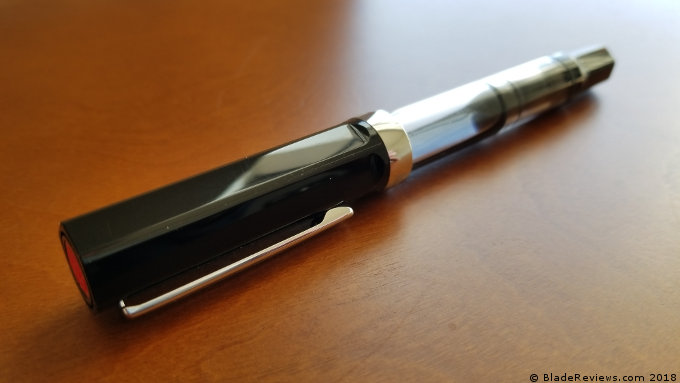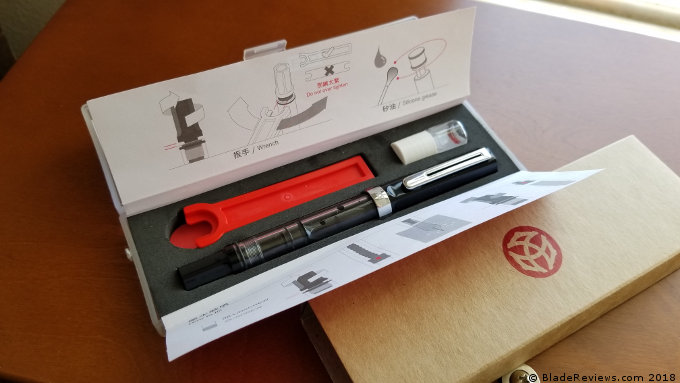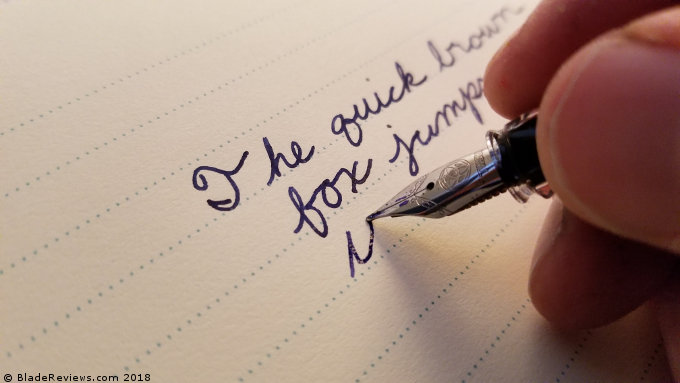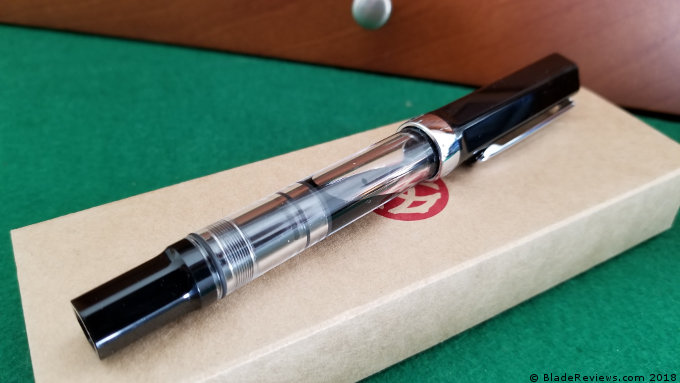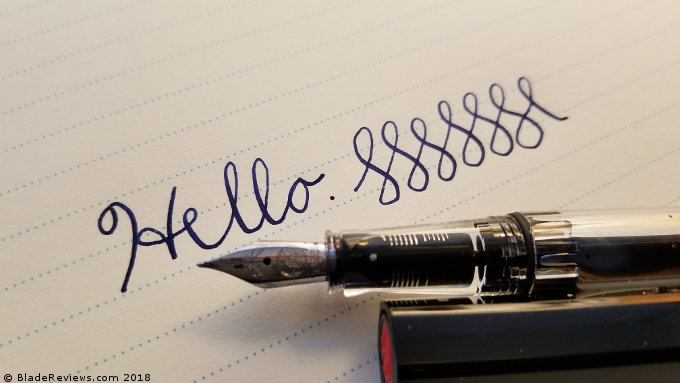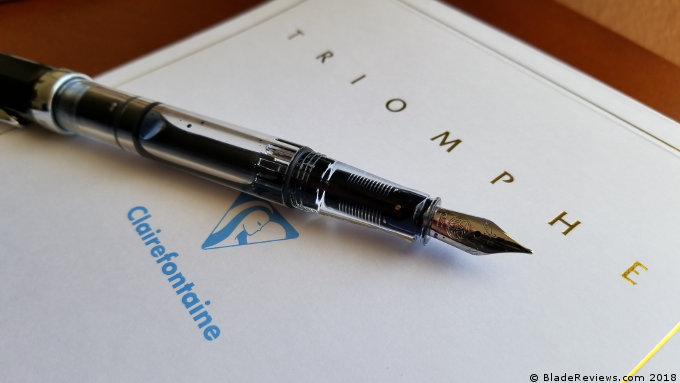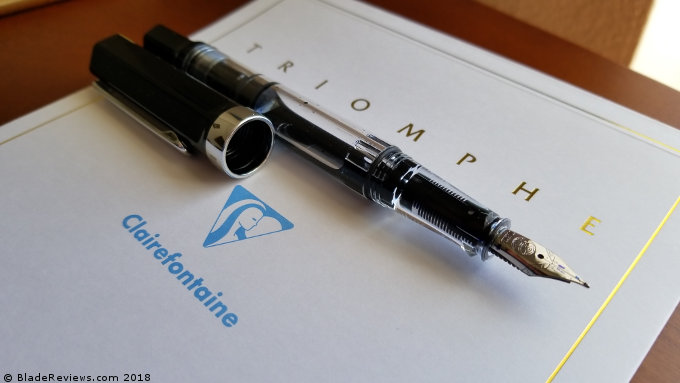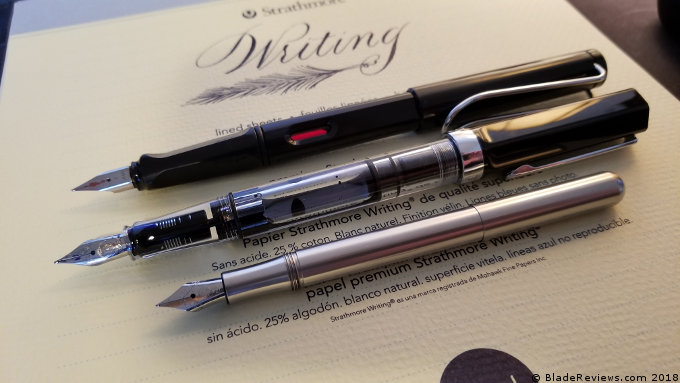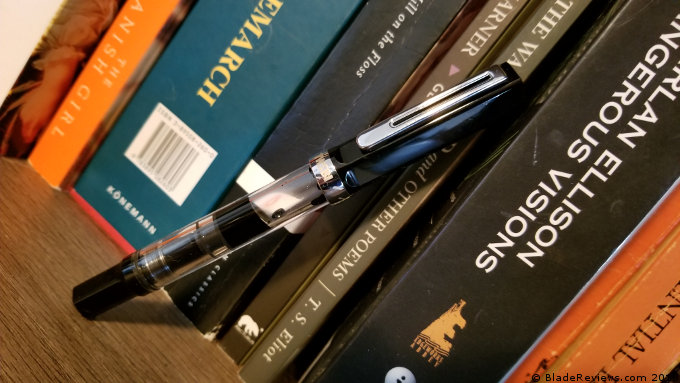I bought the Silky Pocketboy because I was looking for a small compact saw to take with me on suburban bicycle rides. It’s an odd use case, but that’s how I came to acquire my Pocketboy. Allow me to explain.
Long bicycle rides were a habit I formed when I was going to school in New Orleans. Usually the rides were a hangover cure of sorts. I’d drink into the early hours, and then wake up at the crack of noon to “sweat out the sin” in the Louisiana heat. It didn’t hurt that New Orleans is an infinitely interesting place, and the bicycle was the perfect means to explore it.
These days I’m in Sarasota, a boring town by comparison. Sure you have the natural beauty of the Gulf of Mexico, Sarasota Bay, and the glittering abundance of a thousand designer condos, but it’s a relatively sleepy town. I sometimes wonder what life would have been like if I had stayed in New Orleans after graduating rather than retreating to the relative comfort and safety of my parent’s place in Florida. Perhaps I could have gone to law school in Louisiana, and spent a life navigating the legal backwaters of the Big Easy. Or maybe I would have ditched law entirely and become a banana merchant or a tugboat captain. Regardless, I’m sure there would have been some good stories, and a lifetime of great bike rides.
So why the folding saw? Well, Sarasota isn’t the most bicycle friendly of places. Ironically I think New Orleans is a much safer city to ride in due to the variety of quiet back streets. The south part of Sarasota is largely defined by a waterway: the Phillippi Creek. The creek cuts through the neighborhoods, and as a result there are only a limited number of bridges you can cross to get downtown safely by bike. Sure, if you have abandoned all hope you can bike down the 6 lane Tamiami Trail. For a bicycle rider, the Trail is a modern day thunderdome lined with an endless succession of strip malls, chain restaurants, and assisted living facilities. It’s tantamount to a death sentence. As a result I take tree-lined paths and some quiet streets to get around town.
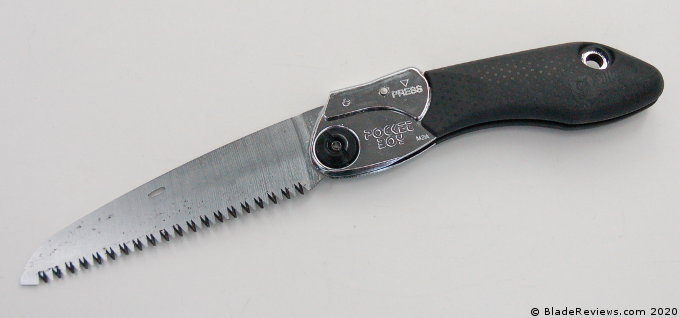
And some of those paths are overgrown. Plants grow like crazy down here and if left to their own devices they will quickly overtake the sidewalks and bike lanes. After suffering the indignity of getting whacked in the head by a palm frond for the thousandth time, I came to the realization that I could do something about this. In a world that seems completely out of control, I could contour the low lying branches that line my bike ride and prevent getting bushwacked. All I needed was a lightweight and compact folding saw. Could that really be the cure to my existential angst?
A good 10 minutes of research landed me on the Silky Pocketboy. Japanese steel, a lightweight handle, and a convenient carrying case. All for around $40. Bingo, bango, bongo!
General Dimensions and Blade Details
The Silky Pocketboy has an overall length of 11.5″, a 5″ blade, and weighs 6.2 ounces without it’s plastic sheath. 7.8 ounces if you include the sheath. It’s made in Japan. A saw like this is designed to be taken with you. Obviously I’ve taken mine around on my bike, and it fits perfectly in a small pouch I have under the seat, but have also thrown it in my briefcase and used it to trim some palms at my office. It’s small enough where you could keep it in a car or portable tool kit. Of course it’s also highly effective around the yard but Silky makes other saws that might be better suited to live in your garage.
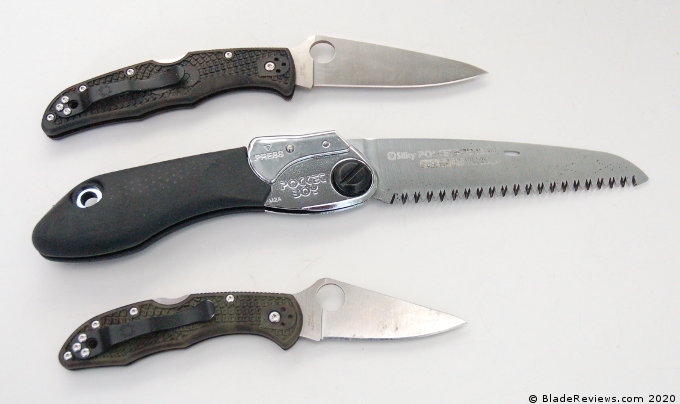
The blade is made of SK-4 high carbon tool steel made by Hitachi. Knife guys may have heard of SK-4, it’s a robust tool steel. The blade i s taper ground, meaning it’s thicker at the teeth and thins out towards the spine. That is the opposite of what we see with knives, but it makes sense for a wood saw to avoid binding. SK-4 is not a stainless steel, so I have tried to spray my saw down with WD-40 after each use. However, I forgot to do that the last time I put it away. It was caked with tree sap and wood shavings. But no rust!
The blade is also deferentially hardened. Technically, it’s impulse hardened, which a special process for saw blades where they instantly heat the teeth of the blade and harden them. The rest of the blade is not hardened to this extreme, which allows it to be flexible. The possible downside is that impulse hardened teeth can not be sharpened, at least they aren’t designed to be sharpened. That likely won’t be a problem if you are careful with your saw – it should cut wood and other soft materials for years. But if you happen to hit a rock or the side of a bridge like I may have, then you are kind of screwed. So be careful with your saw. I’d hate to see anyone else get screwed.
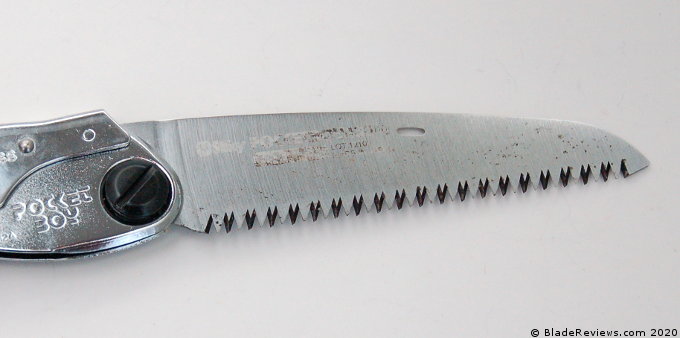
There are 7 teeth per inch, the blade is 1.1mm thick, and the kerf is 1.2 mm. None of these specifications mean a whole lot to me, but they may have significance to you so included them for completeness.
In practice this little saw has been impressive. In most cases I can cut through branches 1 inch thick or less with one or two strokes. I’ve cut through 3-4″ branches relatively easily. I’m talking well under 30 seconds. It’s painful for me to write this, but if you have a 3-4″ diameter limb, then it’s far easier to use this saw than using a big knife or hatchet to chop through it. Not to mention safer. This is coming from a guy who loves big knives.
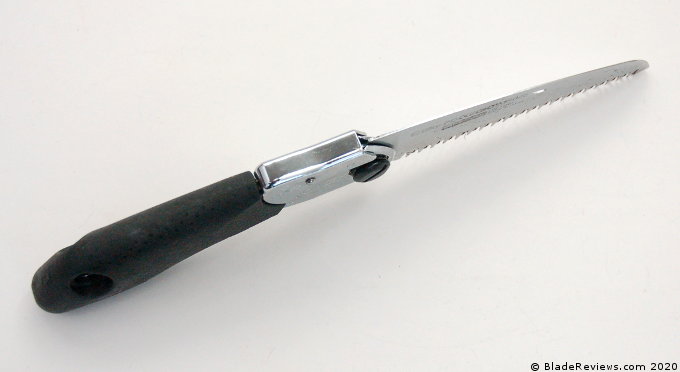
I also used this saw on some old lumber. I found it to be more of a chore to chew through a 2×4 with this compact saw. I doubt anyone is buying it for that reason, but this saw’s sweet spot strikes me as green wood 4″ in diameter or less. It rips through stuff like that. Pressure treated limber and big timber are best left for larger saws.
This is as good a time as any to disclaim that I won’t pretend to be a connoisseur of saws. I’m not. This is essentially a lay person’s review. If you are a normal person looking to up your portable saw game, then I think the performance of the Pocketboy is going to be impressive.
Also, I’ve used my Pocketboy for a couple months now, but I bought it for long term use. If anything changes I’ll update the review.
Handle, Ergonomics, and Sheath
The handle of the Pocketboy is made of chrome plated steel with a rubber overmold. According to Silky’s literature, the rubber may be vulcanized to the handle. So far the rubber has not peeled away from the steel. Construction is simple and sturdy. The fit and finish is good. It’s not as fancy as a high end knife, but all the parts line up, and everything is finished neatly. There is a large slotted pivot and a good size lanyard hole as well.
The ergonomics of this saw are great. The handle is generously sized, and the rubber overmold is comfortable. It provides excellent grip, plenty of cushion, and it’s big enough for all hand sizes. I’ve yet to have this saw slip out of my hand, and I’ve used it in the Florida summer. No hot spots or anything like that. The one thing to be careful about is the lock . If you are a maniac like me, then you may accidentally disengage it whilst sawing. There is little risk of the blade closing on your hand, but the blade could slide back to it’s second position.
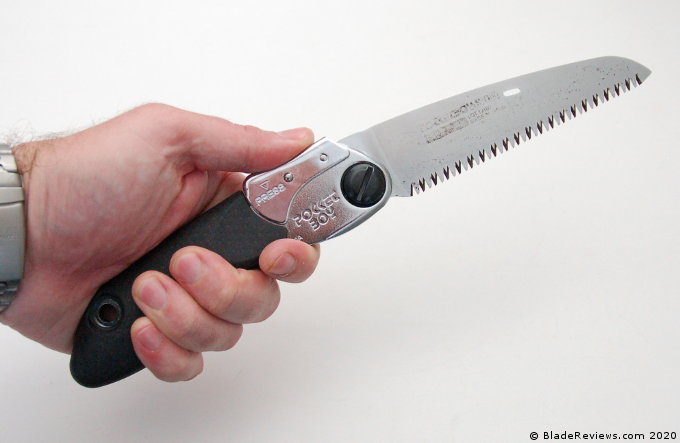
Silky sends their saw in a clear plastic sheath. It’s more of a bubble. I like to think of it as a crystal case enclosing the delicate flower that is the Silky Pocketboy. Not really. It’s hard plastic, and the fact that it’s clear is not a bad thing. It has a drain hole and a large clasp. The saw fits in snugly thanks to the rubber handle. There is also a large metal belt loop. I’ve used it, and it is very convenient. Perfect for places where you can open carry a folding saw.
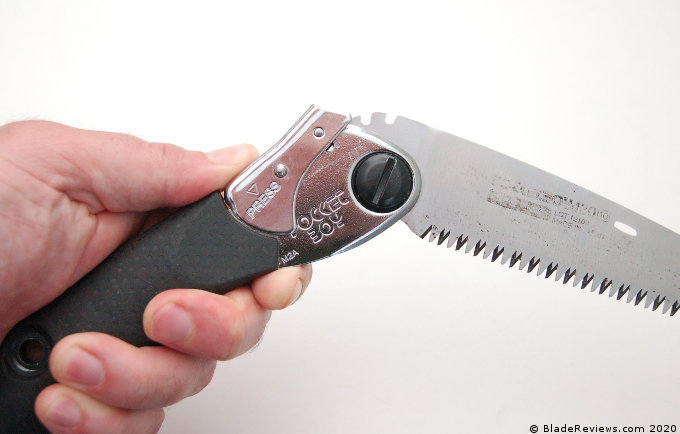
I bought the Pocketboy specifically for it’s portability, and in that respect it does not disappoint. True to its name, this saw could fit in your pocket.
Deployment, Lock, and Case
It shouldn’t surprise anyone to learn that this tool requires 2 hands to open the blade. Opening up the saw is easy enough. There is a small nail nick of sorts in the blade, and there are washers inside the handle. The action is smooth and fluid rather than rough and scratchy.
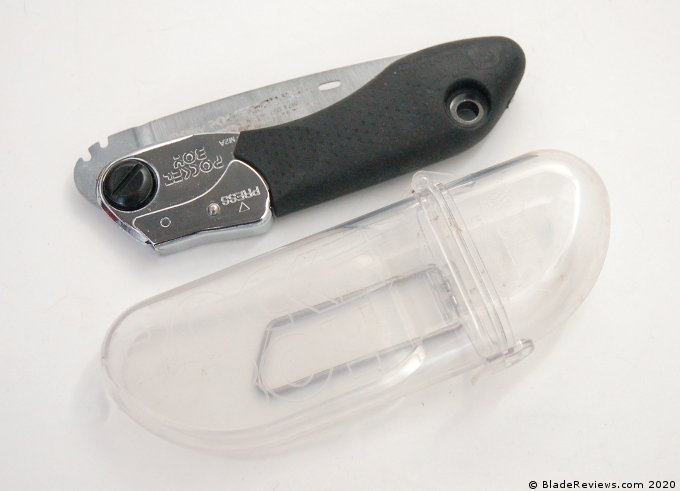
There is a simple back lock to keep the blade locked in place. The blade locks with a loud and satisfying click, and there are 2 blade positions to choose from. The lock works well and there is zero blade play in any direction. As I mentioned the lock is easy to get to, so you should exercise care to not accidentally disengage it. I’ve done that on some especially long, hot, and vigorous sawing sessions, but I’ve never come in danger of having the saw close on my hand. Instead it seems to slip back to the back position.
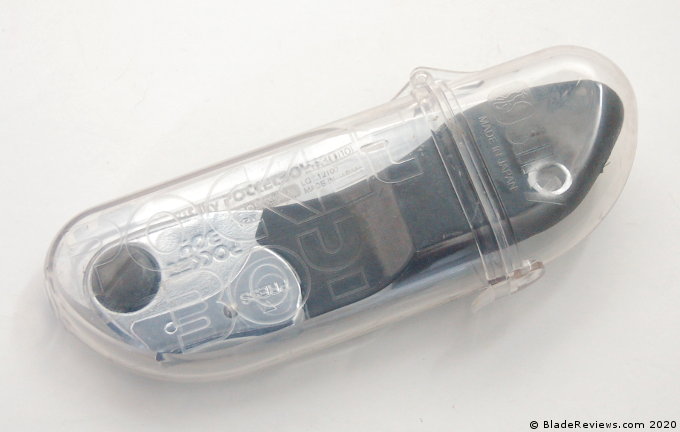
Here’s a final shot of the Pocketboy in it’s case:
It gives you a feel for how the clasp works and the size of the closed saw in the case.
Silky Pocketboy Review – Final Thoughts
I’ve been impressed with the cutting capability of this saw. I can’t think of anything else that would fit underneath my bike seat that packs this much power. As much as I love big knives for chopping, a saw like this is going to be safer and more efficient most of the time. Maybe not as fun as blowing through a tree limb with an ESEE Junglas, but if you happen to be working on the side of the road the likelihood of Law Enforcement getting involved is much lower.
The Pocketboy pairs that impressive cutting power with a comfortable handle, a sturdy lock, and a practical carrying case. And the fit, finish, and general attention to detail on this tool is quite high. It’s clear that this was built with care and attention. Everything is snug, flush, and well finished. When you consider what $40 buys these days as far as pocket knives go, this little saw impresses.
Time for the real question: So has the Silky Pocketboy cured my existential dread? Yeah, I’d say it did something for me. There is a certain sense of accomplishment neatly trimming a a bush or tree. What was once in my way, is now gone. It’s like making your bed, or driving your car after you just washed it and for 5 minutes everything is perfect. Satisfying. The Pocketboy accomplished any roadside task I put it to with alacrity, and I always felt better after I used it. For that, I am thankful.
I like the Pocketboy and it’s staying in my bike bag for the long haul. Recommended for people who need a small high-performance folding saw to cut through whatever is in your way.
No products found.
Editor: I recommend purchasing the Silky PocketBoy at Amazon. Thank you for reading.
